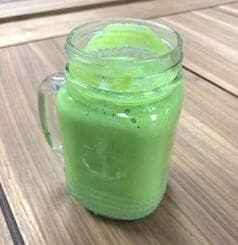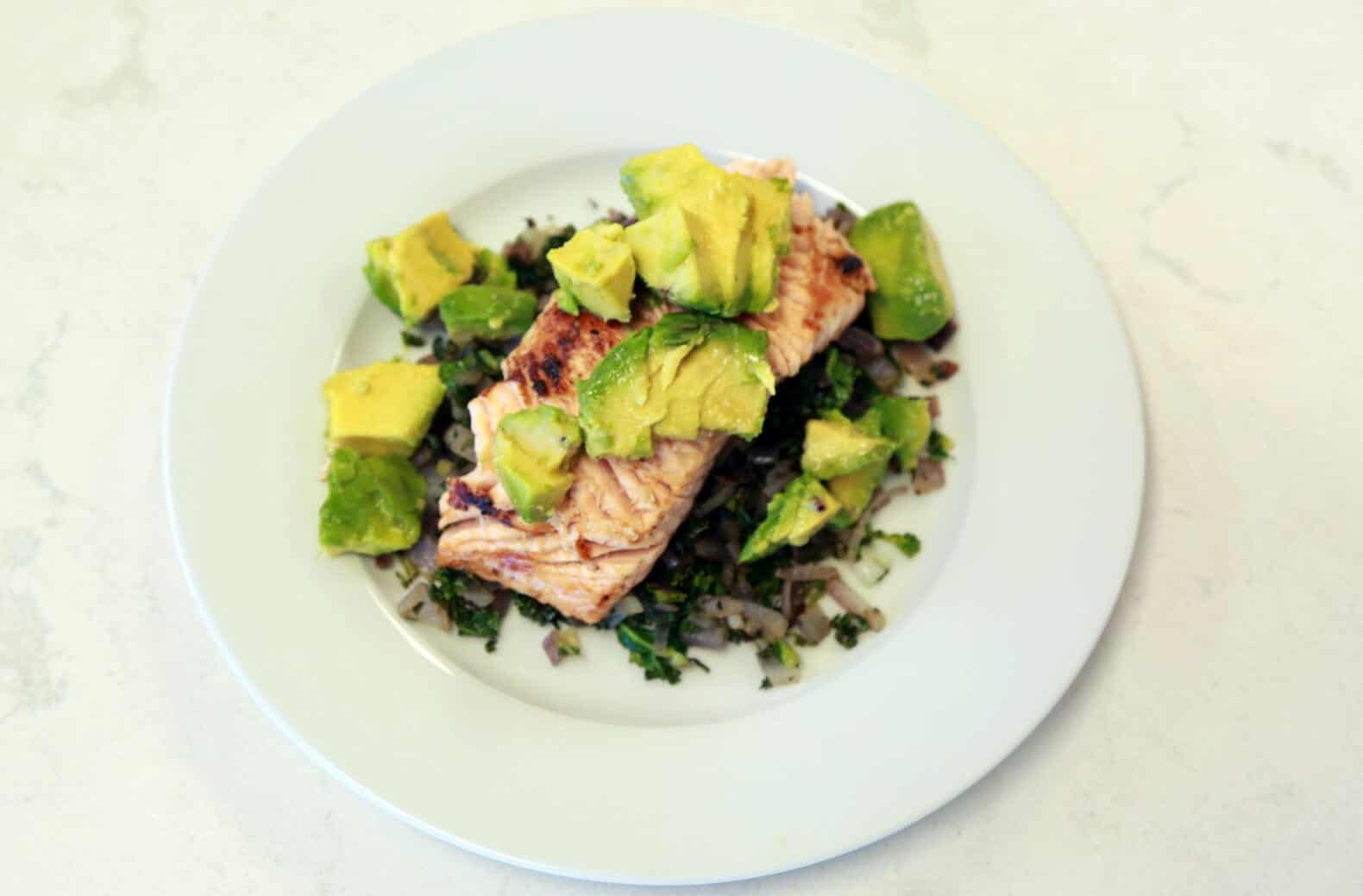Subscribe to Vital Updates on YouTube>>> ![]()
With a more than 40-year career in medicine where he was best known for his work as a cardiologist and heart surgeon, Dr. Steven Gundry has emerged as more than just a medical professional. His keen interest in dietary health, backed by decades of substantial research, has led to his reinvention as lifestyle practitioner with a keen focus on innovative human nutrition.

Dr. Gundry first introduced his groundbreaking ideas in the national bestseller and Amazon Best Seller, Dr. Gundry’s Diet Evolution. Now, nearly a decade later, he has released his second book, The Plant Paradox: The Hidden Dangers in “Healthy” Foods That Cause Disease and Weight Gain, now available in bookstores and online. In it, Dr. Gundry dismantles and disrupts what most consumers thought they knew about healthy foods.
He guides readers through a breakdown of why certain foods are bad for you, what the Plant Paradox nutrition plan entails and how you can implement it into your everyday life. The book also features a great selection of delicious recipes, carefully crafted from the list of foods that Dr. Gundry says are optimal for health.

Will The Plant Paradox change your view of healthy food as well as your relationship with it? There’s certainly a good chance, since the book debunks several myths about foods you probably thought were healthy.
Here are 3 myths about ‘healthy’ eating that Dr. Gundry writes about in The Plant Paradox:
Myth 1: All Plant-Based Foods Are Healthy
When most people think of the term ‘healthy foods,’ many of the items that come to mind include legumes and beans, whole grains, a variety of vegetables like pumpkins, squash and potatoes, and fruits like berries and apples. But not all of these healthy foods are good for your gut health. Dr. Gundry describes them as “New World foods” that were discovered when Europeans visited the Americas, and that mankind in Africa, Asia and Europe had never previously seen or been exposed to them. He believes that many of these foods are historically foreign to our bodies because our gut bacteria and immune systems were ill-equipped to tolerate them.
Myth 2: Tomatoes Are “Good” for You

According to Dr. Gundry, the reason why foods like tomatoes, beans and squash are not good for you is because they all contain lectins, which are proteins found in plants and animals. Lectins bind to certain sugars and can cause changes in the structure of our cells. Since plants have no real defense mechanism, they produce lectins to ward off predators.
Dr. Gundry says that because of the sticky binding process these proteins perform within the body, those who consume lectins are prone to weight gain and can have problems with their immune system. Lectins are also known to cause digestive damage by poking holes in the intestinal walls that leak into the bloodstream. This can lead to leaky gut syndrome and irritable bowel syndrome. Other lectin loaded foods include whole grain wheat, corn, cashews, sunflower seeds, soy and more.
Myth 3: Fruits Are Always a Safe Choice
Dr. Gundry says that eating fruit that’s in season served one main purpose for our ancestors: it allowed them to store up their fat to keep them warm through winter. Now, we have fruit available to us all year long regardless of whether or not it’s in season. Moreover, Dr. Gundry reminds us in The Plant Paradox that we must widen our scope of what we classify as fruit. If it has seeds, then it’s indeed fruit.
Many of the foods we think of as vegetables, like zucchini, tomatoes, bell peppers, eggplant and pickles, are all fruits. Dr. Gundry says eating them tells the body to store fat for the winter; plus, the glucose found in fruit causes injury to our kidneys over time. The only Gundry-approved fruits highlighted in the book include unripened, tropical ones like green bananas, green papaya and mango. The only ripened fruit he recommends is avocado — yes, avocados are fruits, too!
Click here to purchase The Plant Paradox online or to check store availability
Now that you know about some of the biggest myths about “healthy” eating, here are two recipes from the book to get you started on your Plant Paradox nutrition plan:
Green Smoothie

Serving size: 1
Total time: 5 minutes
Ingredients:
- 1 cup chopped romaine lettuce 1⁄2 cup baby spinach
- 1 mint spring, with stem
- 1⁄2 avocado
- 4 tablespoons freshly squeezed lemon juice
- 3 to 6 drops stevia extract
- 1⁄4 cup ice cubes
- 1 cup tap or filtered water
Directions:
Place all the ingredients in a high-powered blender and blend on high until smooth and fluffy, adding more ice cubes if desired.
Add a little more water if the smoothie is too thick. You can make a triple batch and refrigerate for up to three days in a covered glass container.
Cabbage-Kale Sauté with Salmon and Avocado

This recipe is very adaptable. Replace the salmon with another wild-caught fish or shellfish, or with pastured chicken. You can also use bok choy or Napa cabbage instead of green cabbage.
Serving size: 1
Total time: 20 minutes
Ingredients:
- 1⁄2 avocado, diced
- 3 tablespoons freshly squeezed lemon juice
- 4 pinches sea salt, preferably iodized
- 3 tablespoons avocado oil
- 11⁄2 cups finely sliced green cabbage
- 1⁄2 red onion, thinly sliced
- 3 ounces wild-caught Alaska salmon
Directions:
Toss the diced avocado in 1 tablespoon of the lemon juice and season with a pinch of salt. Set aside.
Heat a skillet over medium heat. When it is hot, add 2 tablespoons of the avocado oil and the cabbage and onion. Sauté until tender, about 10 minutes, stirring occasionally. Season with 2 more pinches of salt. Using a slotted spatula, remove from the skillet and set aside.
Add the remaining 1 tablespoon avocado oil to the skillet, raise the heat to high, and add the remaining 2 tablespoons lemon juice and the salmon. Sear the salmon, flipping after 3 minutes, until cooked through, about 6 minutes total. Season with the remaining pinch salt.
To serve, top the sautéed cabbage and onions with the salmon and avocado.
Vegan version: Replace the salmon with grain-free tempeh, hemp tofu, or a cauliflower “steak,” a 3/4-inch-thick cauliflower slice seared over high heat in avocado oil until golden brown on both sides.
Click here to purchase The Plant Paradox online or to check store availability
Ronke Idowu Reeves is a writer and journalist who hails from Brooklyn, NY. Her news and entertainment stories have appeared on WABC-TV-New York, Fox News Channel, VH1, BET.com plus in Sundance Film Festival’s Sundance Daily Insider and People Magazine.


![How To: ‘Fix’ Crepey Skin [Watch]](https://cdn.vitalupdates.com/wp-content/uploads/2017/05/bhmdad.png)












